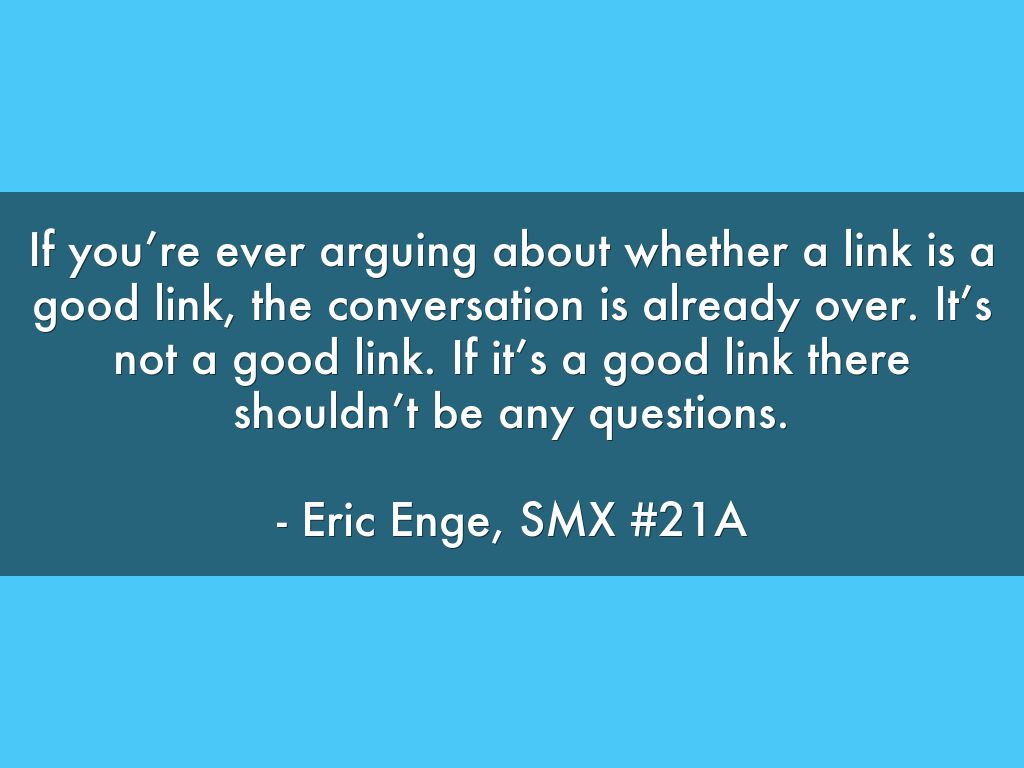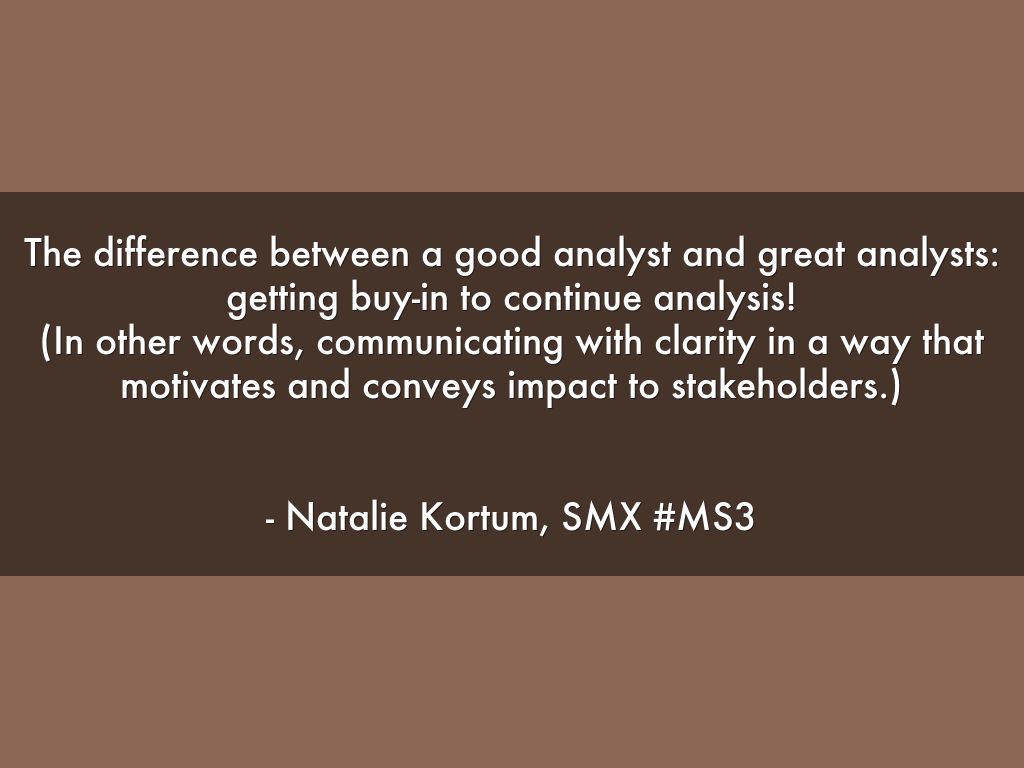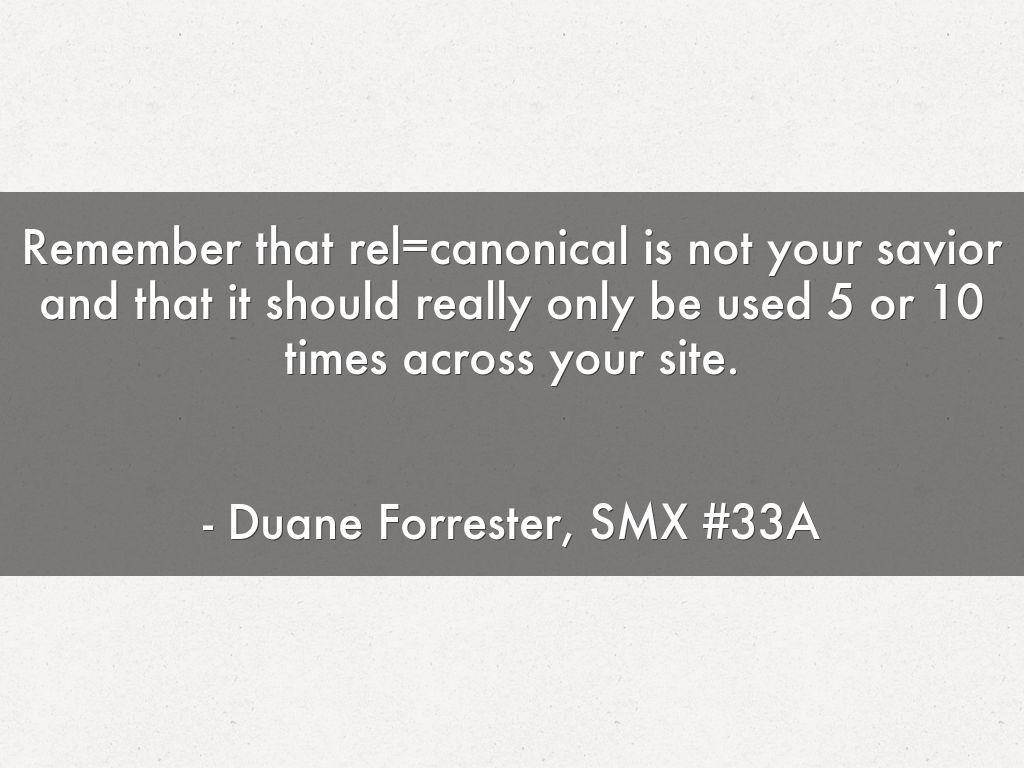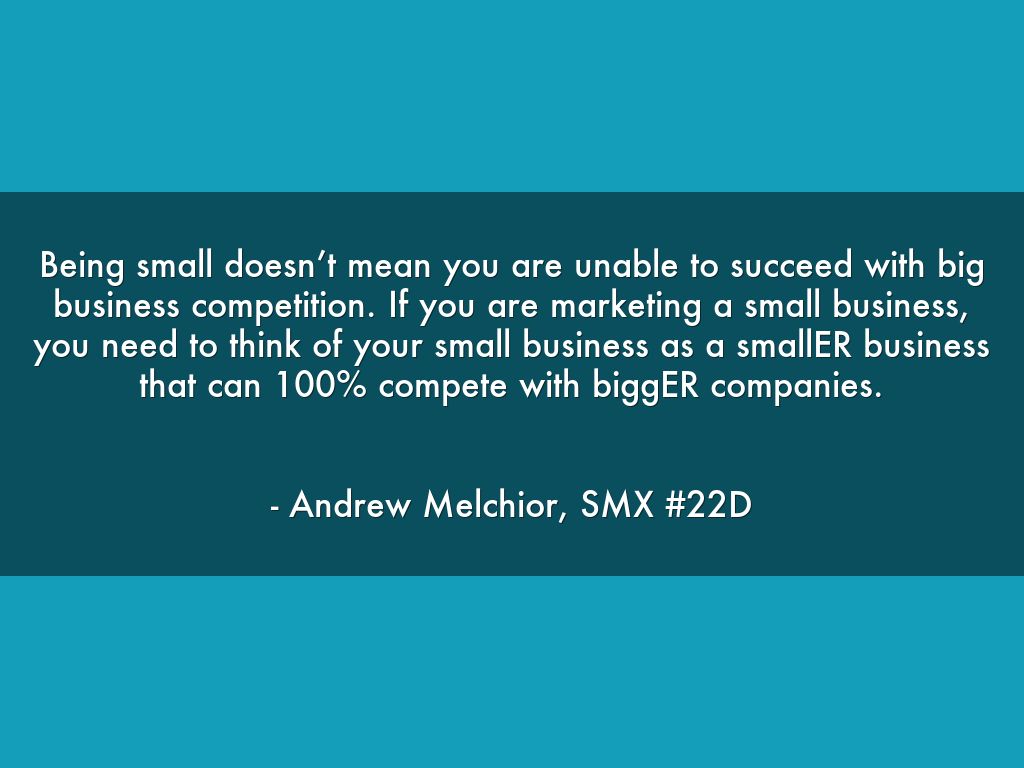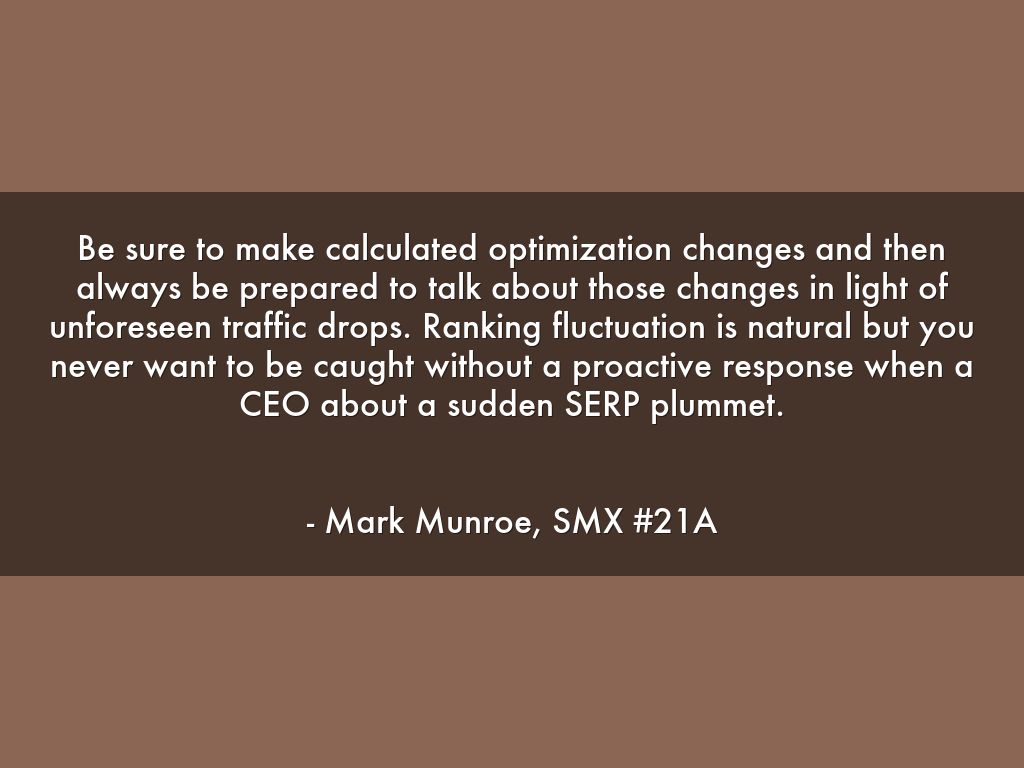30 Smart Online Marketing Tips from SMX West
It’s hard to adequately describe the balance between awesomeness and intensity that happens at a multi-day search conference like SMX.

With 100-plus speakers presenting about SEO, SMM, and SEM in 60-plus sessions, keynotes and clinics, the amount of insight and tactical information you can take away from an event like SMX — that’s the awesome part. Now, imagine having to choose only 15 out of the 60 sessions to participate in. And imagine having to absorb all the goodness that 15-plus hours of training has to offer.
That’s where the intensity factor comes in.
There’s a lot going on at conferences and it’s simply not possible for one person to catch it all.
For that reason we’ve decided to share with you our 30 greatest takeaways from the 21 sessions we were able to attend at SMX West this year.
And, since there were 30-plus sessions we physically were not able to attend (life is all about decisions, right?), we’re asking for your help! We’d love to add what you learned from SMX West this year to our list of takeaways.
What Was Your Biggest SMX West Takeaway This Year?
We know you have a legal page (or more likely a Drive or Evernote account) full of session notes. What were your biggest SMX West takeaways this year? What’s on your post-conference to do list? What’s the once sentence you heard in a session that shifted your mindset and changed the way you think about online marketing?
SMX is truly a community event and we don’t think there’s any reason why the sharing that happens between sessions and in elevators has to stop just because the conference is over.
Below is our list of 30 actionable SMX West takeaways.
What can you add to the list? Share yours in the comments section below!
30 Online Marketing Tips from 21 SMX West Sessions
1) The key to mobile Big Data: Collect as much data as you can; get permission; monetize it; and then decide how to merge it, mine it, share it, or sell it. (http://bit.ly/1queSUs)
2) Stop griping about content marketing and how much you hate having to become a “media company.” Media first is not a chore! It’s an opportunity to do above and beyond what you ever thought you could accomplish. (http://bit.ly/1gj7WoS)
3) If you’re ever arguing about whether a link is a good link, the conversation is already over. It’s not a good link. If it’s a good link there shouldn’t be any questions. (http://bit.ly/1pgszTL)
4) If your content matters your audience has to matter even more. If you’re building content, you have to also be building audience. Content marketing is inclusive of audience development. (http://bit.ly/1oKveot)
5) The problem is that our C-Suite stakeholders don’t think of audience as an asset. They still think of marketing as a cost center. We need to make our stakeholders understand that marketing is an asset hub. It’s all about the rise of audience development and a consistency of thought, purpose and action. (http://bit.ly/1oKveot)
6) Twitter is about human communication. Any brand that has an audience they want to connect with can excel on Twitter. It’s all about finding the community, using the tools they’re using, and engaging your community with content that adds value. (http://bit.ly/1lTWTWT)
7) Twitter community coordinators, sales people, and brand managers need to be asking themselves: Can I help five people out per day? Can I join three (or however many) TwitterChats per week? Can I host a meet-up? The trick is to always be thinking of opportunities to engage and participate, and to set goals that help you make that ambition reality. (http://bit.ly/1lTWTWT)
8) Presenting big data to a stakeholder? Make sure you practice your presentation on a nontechnical volunteer to make sure your presentation is easily understood and stakeholder-ready. Seriously. Another approach is to pretend that you’re giving your presentation to your mother, or your neighbor; will they understand what you’re saying? (http://bit.ly/1g6OxTu)
9) The difference between a good analyst and great analysts – getting buy-in to continue analysis! (In other words, communicating with clarity in a way that motivates and conveys impact to stakeholders.) (http://bit.ly/1g6OxTu)
10) Don’t get a case of Audience Assumption Disorder where you put 99% of your effort into creating amazing content and apps and then only 1% into nurturing an audience that will want to see your content. (http://bit.ly/1oKveot)
11) Spend time focusing on proprietary audience development. This means you are not only building an audience, but you are building a proprietary audience that you and you alone can reach. Remember your audience is an asset with predictable downstream value! Don’t forget to invest in that asset as needed. (http://bit.ly/1oKveot)
12) Consider your paid search person (in-house or contract) as a partner; a fellow brand strategist. They need to have a clear picture of the brand’s social, UX and big-picture businesses goals. If you are a paid search person remember you need this information; part a search optimizer’s job is to aggressively find out what success looks like for the business they’re optimizing for. (http://bit.ly/1pgh12B)
13) When clients are seeking out a paid search person they don’t just expect to work with someone who knows keywords and quality score, they want to work with a brand advocate. Someone who can offer perspective, unbiased advice and the ability to explain why things are important. (http://bit.ly/1pgh12B)
14) Wondering how much content you should be creating? According to Rae Hoffman (CEO, PushFire; @sugarrae), there is no cut and dry answer. In 2014 it’s just not as simple as “create four posts a day.” So what do you do? Don’t publish crap just because the calendar says to, publish only when you actually have something to say, and don’t create any content that is mediocre. However much content you can create under those guidelines is enough content. (http://bit.ly/1pgk3nL)
15) Considering working with a new client, or negotiating a contract? Remember these two things: 1) In 2014, your job is more about audience development and business management than “SEO” as we once understood it, and 2) Don’t ever take money if you don’t think you can provide someone with the ROI they deserve. (http://bit.ly/1pgk3nL)
16) Don’t forget to always be looking for exposure opportunities off domain. For instance, Intel looks at the SERP and thinks After someone performs this search, where are they likely to land? If it’s the Best Buy website (because Best Buy is high up in the SERP for a specific keyword phrase), they consider whether it’s smart for them to put an Intel asset (like an ad) on that page to get in front of the consumer after the SERP click. Remember marketing is largely about exposure and the means you can utilize to gain it. (http://bit.ly/1pgk3nL)
17) Keep your URL structure clean. Start down the right mental path; sit down with engineering and make sure everyone who has hands on the site structure understands the whys behind site structure and URL requirements. (http://bit.ly/1pgoj6x)
18) Remember that rel=canonical is not your savior and that it should really only be used 5 or 10 times across your site. (http://bit.ly/1pgoj6x)
19) Duane Forrester’s priorities for search marketing in 2014: (http://bit.ly/1pgoj6x)
1. Content
2. Usability and user experience
3. Social media (driver of conversation and customer satisfaction)
4. Links (for traffic, not for rankings boost)
5. Basic SEO on-page best practices
20) For your brand and competitors you don’t need to know keyword referral data to succeed. What you really need to know is your unpersonalized rank; your competitors trending unpersonalized rank; how to calculate CTR potential based on rank; and how to calculate SEO competitive traffic share. (http://bit.ly/1pgrawh)
21) If consumers have a negative Google Maps experience they’ll connect that negative association with your brand. It’s important to make sure your brand’s local data is right on maps and mobile. (http://bit.ly/1pgrpr8)
22) Being small doesn’t mean you are unable to succeed with big business competition. If you are marketing a small business, you need to think of your small business as a smaller business that can 100% compete with bigger companies. (http://bit.ly/1pgrLOH)
23) It’s essential to break down the barriers between your QA, UX, HR, Engineering, PR, Customer Service and Marketing departments. When everyone works together with targets in mind the improvement can be staggering. (http://bit.ly/1pgszTL)
24) Once you’ve broken down your internal department barriers, make sure, as an SEO, you are over-communicating at every step. Offer guidance; instead of just saying “make the title this,” explain why the title should be that. Every SEO question should be followed with an explanation. (http://bit.ly/1pgszTL)
25) It’s important that your brand is building a genuine, earned reputation that is based on realized value proposition. If you are trying to build your reputation by any non-organic means, this is faux reputation and it will only end up hurting you. (http://bit.ly/1pgszTL)
26) Be sure to make calculated optimization changes and then always be prepared to talk about those changes (with stakeholders and CEOs) in the light of unforeseen traffic drops. Ranking fluctuation is natural but you never want to be caught without a proactive response when a CEO asks you about a sudden SERP plummet. (http://bit.ly/1pgszTL)
27) Don’t just focus on engagement with influencers! Make it a priority to give back to the larger community and to interact with the people in it based on the value they bring to the conversations, not the value they can bring to your résumé. Make yourself be seen as open and available (and actually be open and available). (http://bit.ly/1pgszTL)
28) If you are marketing an app make sure your app has a dedicated landing page on your website. Most apps don’t have dedicated landing pages and, according to research performed by Justin Briggs of Getty Images, this small change can result in a significant increase in app revenue year-over-year. (http://bit.ly/1jhXKfv)
29) According to Google SVP in charge of search ranking Amit Singhal, social signals from external networks like Facebook and Twitter are still not being used as ranking factors because they are considered “unreliable.” That said, signals from Google+ are different – and trust signals from G+ are considered – because the data available from Google+ is reliable. (Google owns it; of course it’s a reliable source of information from Google to Google.) As such, searchers won’t see Facebook or Twitter affecting SERP rank, but they may see a great impact based on Google+ social signals when they’re searching logged in. (http://bit.ly/1pgwGiw)
30) Pro tips for writing promoted tweets: Start organically; avoid optimizing direct response tweets with hashtags, mentions or images; include a call to action and a relevant, compelling offer. (http://bit.ly/1pgyEQ4)
Your Turn
What were your biggest SMX West takeaways this year? Add to our takeaways list below in the comments section below!
26,000+ professionals, marketers and SEOs read the Bruce Clay Blog
Subscribe now for free to get:
- Expert SEO insights from the "Father of SEO."
- Proven SEO strategies to optimize website performance.
- SEO advice to earn more website traffic, higher search ranking and increased revenue.

10 Replies to “30 Smart Online Marketing Tips from SMX West”
You’re welcome, Andy! A little birdy (the Evening Forum with D. Sullivan post comments..) told me you couldn’t make it to SMX West this year. Glad that Virginia and I were able to share at least part of the excellence that happened in San Jose this March. Do you think you’ll make SMX Advanced in June? (Seattle: http://bit.ly/1lTSaEV)
Great list Chelsea. I was at SMX West and obviously couldn’t attend all of the sessions and got some great tips from this for those sessions I couldn’t attend. I love the tips on content. Its easy to get enamored with the volume of content but you have it right in a number of tips above, quality and value are better than pumping out crap.
“Quality and value are better than pumping out crap.” Yes, Ryan! Right on the money. That tip is so powerful.
You don’t have to be an engineer to move the dial, just remember quality and value is greater than mass quantities of forced/contrived garbage and your content marketing strategy will succeed (because when you write for the user, the user is happy. And when the user is happy, Google is happy. And when Google is happy AND the user is happy you make the big bucks).
Glad we could help fill in some of the session gaps for you, Ryan. Since Virginia (fellow live blogger) and I weren’t able to attend all the sessions either, we, too, have been looking for fellow SMX attendees to help us fill in the gaps. Do you have any tips or takeaways from your notes you want to share? Sounds like you attended some sessions we couldn’t quite make.
Would love to hear what you’ve jotted in your SMX notebook!
This is a great list, I enjoyed reading all the tips. Thanks for sharing for those who couldn’t make it this year!
These tips have really made me smile, mainly because most of them are so simply yet extremely effective. What you say about media being an ‘opportunity to do above and beyond what you ever thought you could accomplish’ is so true and so many people panic about trying to get their media up to date and forget about so many other factors that they already have up and running. Obviously in today’s business world social media is important but it’s not the only thing we have to focus on.
So true, Jayne! The simplicity of these tips really resonates with me, too — they’re simple and straightforward but carry a lot of impact. For me these tips are just extended proof that online marketing in 2014 is more about shifting your mindset than it is about reinventing the wheel.
Thanks for the comprehensive list from SMX. I didnt get to make it out this year and having the follow up blog posts to fall back on really helps.
LEAVE A REPLY





